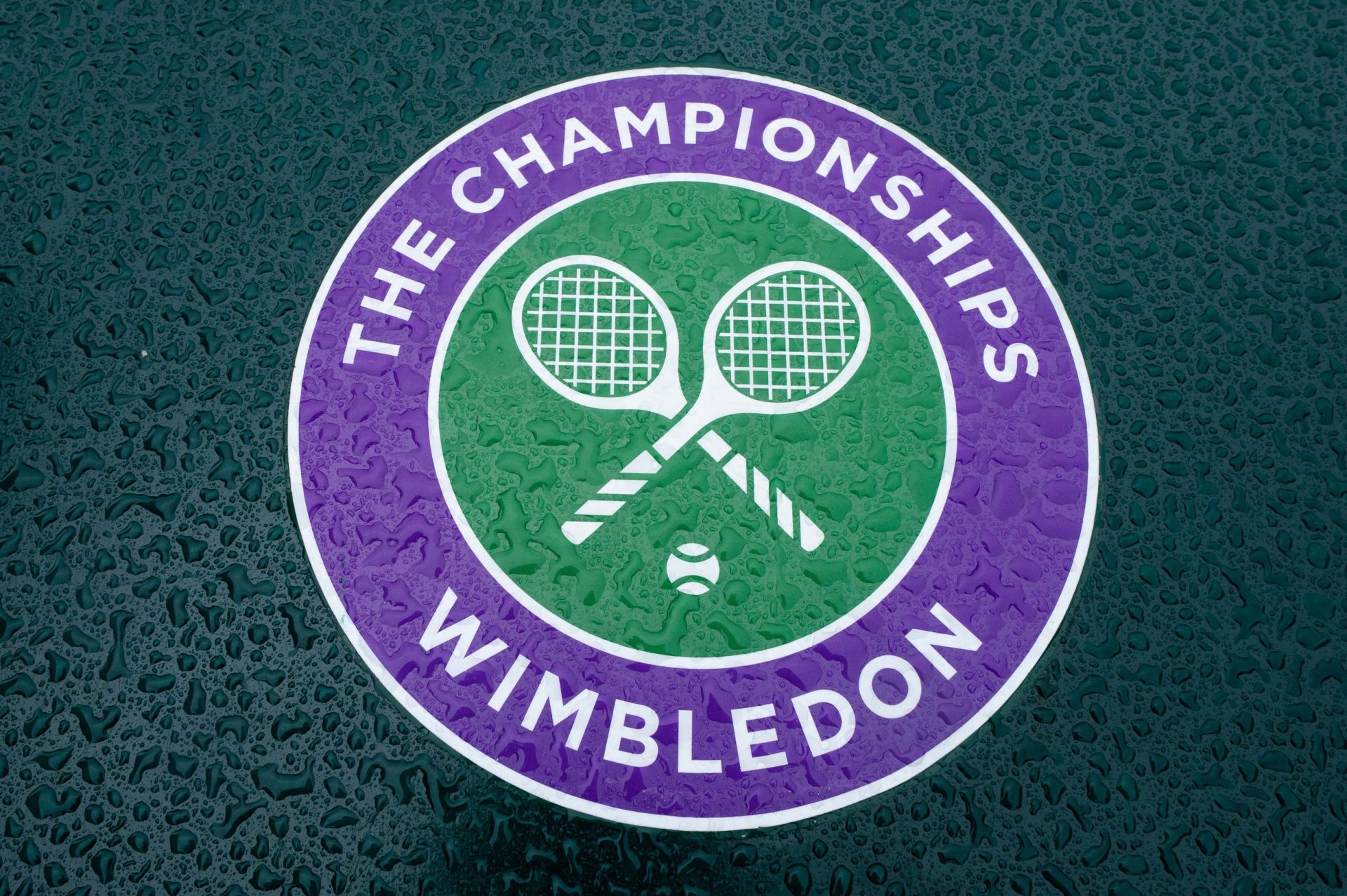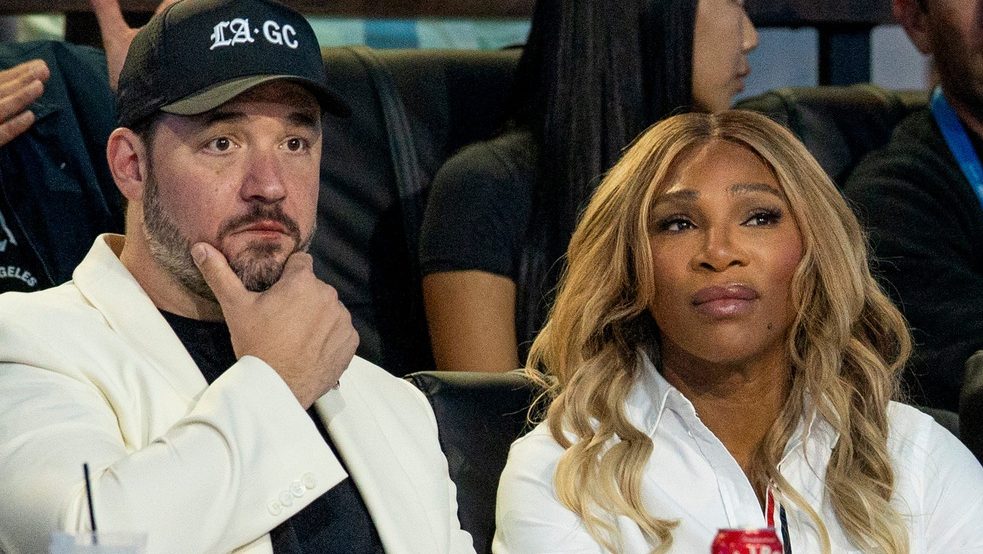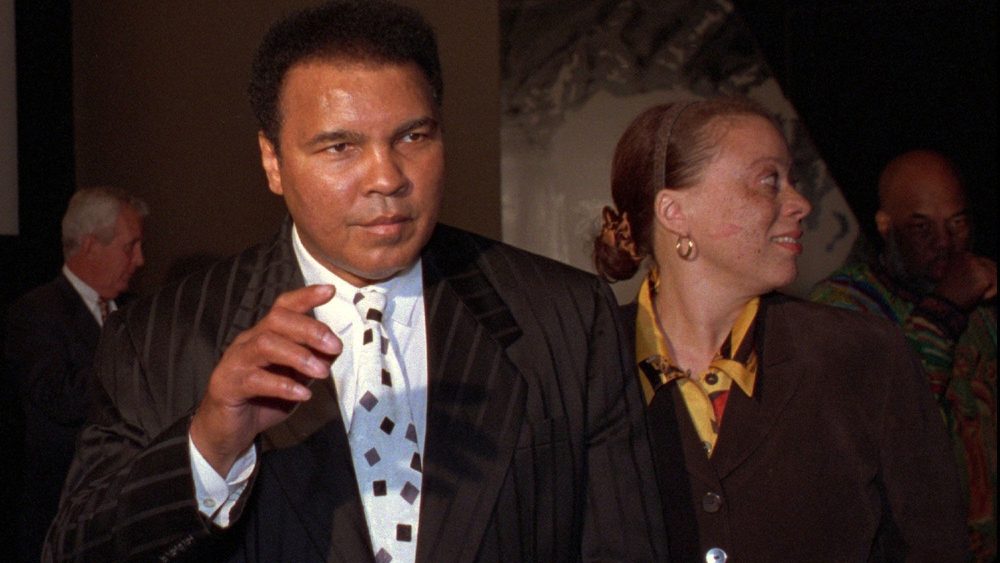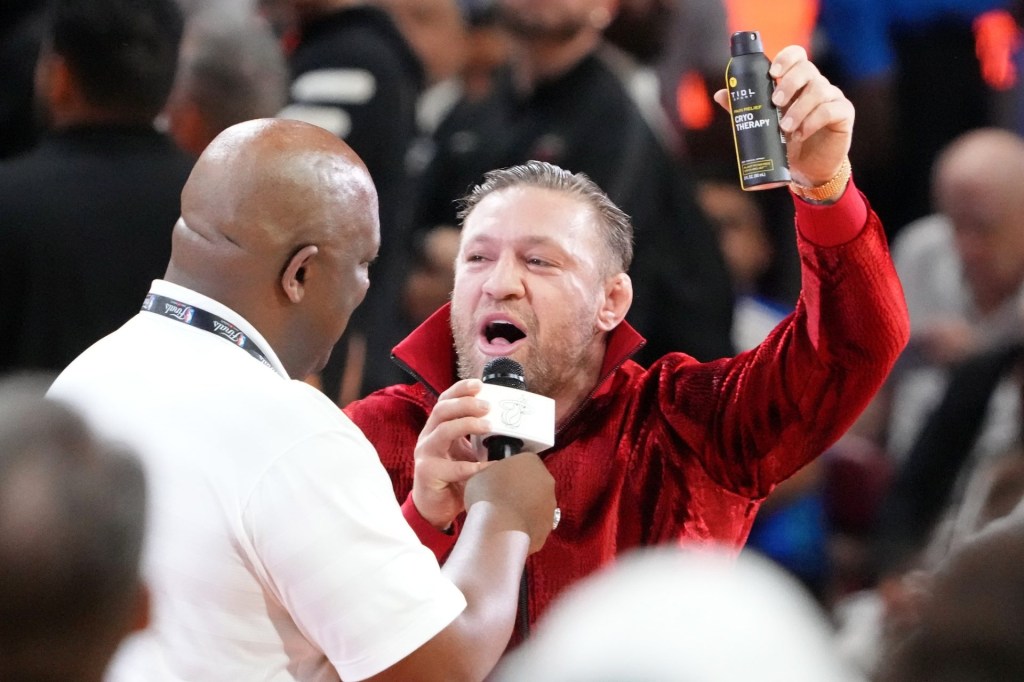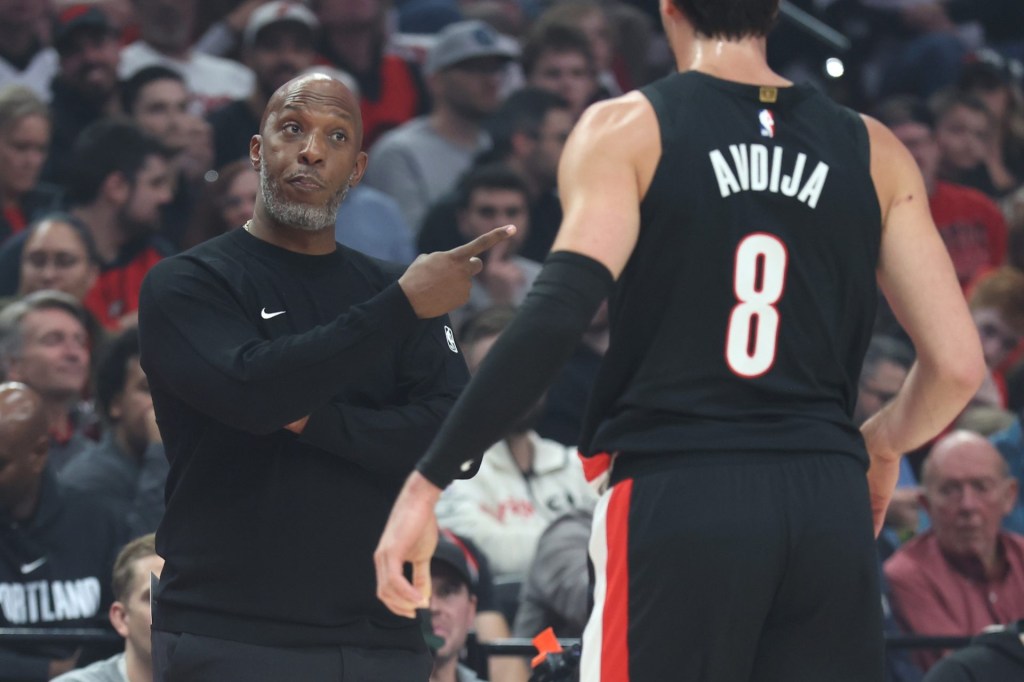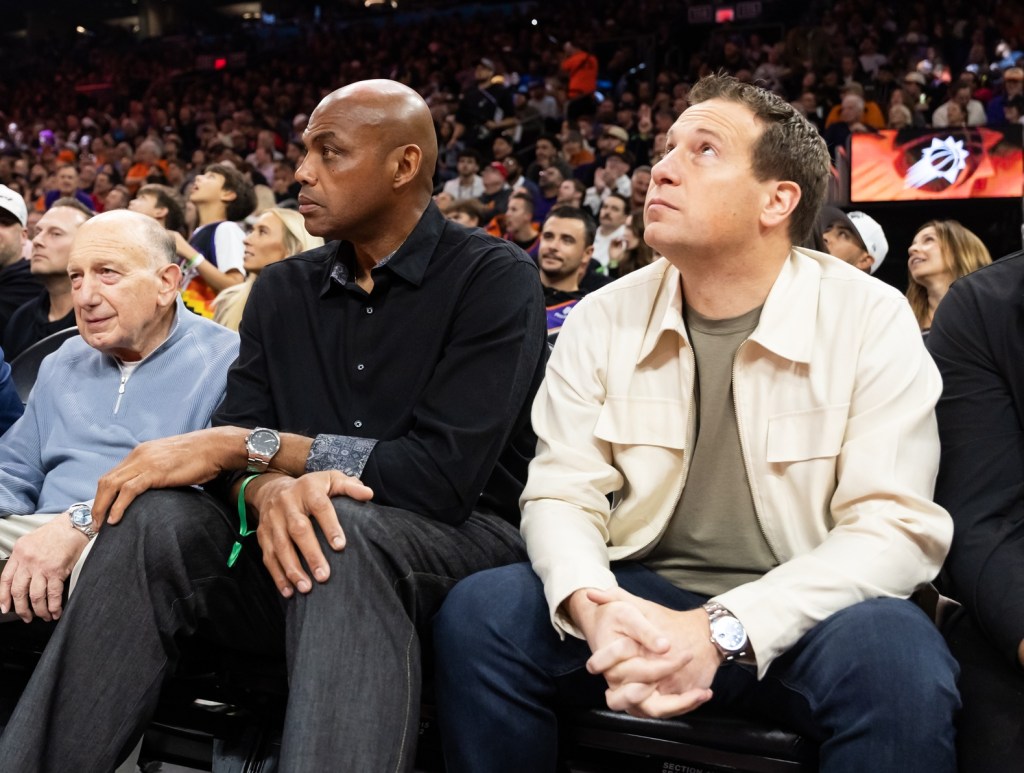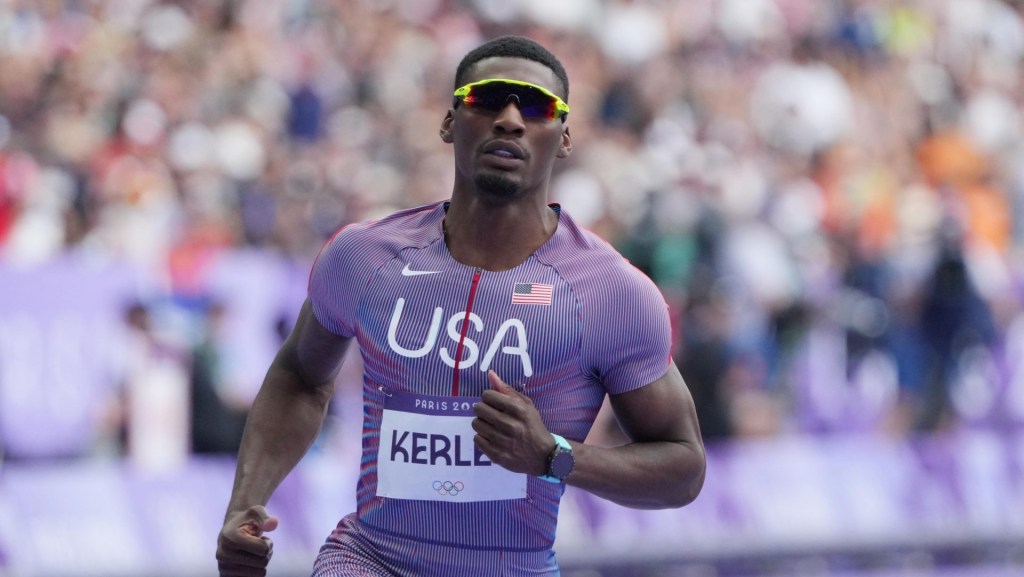The Professional Tennis Players Association, Novak Djokovic’s group suing the tennis tours, has begun talks with each of the four Grand Slams about major changes to the sport’s ecosystem. As a result, the PTPA chose not to—as it had previously told a federal judge it would—name the Slams as defendants in its wide-reaching antitrust lawsuit against the ATP Tour and WTA Tour. However, the PTPA asked the judge to allow it to name the Slams as defendants in 90 days if talks fail.
And the lawsuit is now only targeting the men’s and women’s tennis circuits, with the PTPA and a group of player plaintiffs dropping from the International Tennis Federation and the International Tennis Integrity Agency, which oversees drug testing and other issues, from the case. The change was made in an amended complaint filed late Tuesday night.
“Plaintiffs and the Grand Slams have agreed to engage in discussions on the matters raised in Plaintiffs’ complaint without the need for court intervention,” PTPA lawyers wrote in a letter to Margaret Garnett, the federal judge overseeing the case.
Robust proposals to remake tennis have periodically been floated and debated in recent years, but always run aground because the sport is structurally splintered. The top four events by far—measured by prize money and TV audience—are the Slams: the Australian Open owned by Tennis Australia, Roland-Garros owned by the French Tennis Federation, Wimbledon owned by a private club, and the U.S. Open owned by the U.S. Tennis Association.
Then there are the tours. The ATP has about 63 events and the WTA over 50; many of them are the same with the circuits playing concurrently at the same tournament. Within those tournaments, there are pecking orders with the top events guaranteed top player participation. Players, who can’t form a union because they are independent contractors, own half the tours, though the PTPA contends they are not being represented effectively. Indeed, a group of top players in April on their own sent a letter to the Slams seeking more prize money.
The PTPA, formed by Djokovic and Vasek Pospisil in 2020 to represent players, tried to get a seat at the table when discussions occurred about restructuring tennis, but were rebuffed. At a May hearing, ATP lawyers derided the notion that the PTPA represented any players.
When the PTPA filed the lawsuit in March—arguing the tours had depressed prize money and provided unfair and unsafe working conditions—critics noted that most money in tennis comes from the Slams, not the tours. And those tournaments pay 20% or less of their revenues to players—far less than the NBA and NFL, which are required to pay players about half of their revenue, per the collective bargaining agreements reached between owners and players in those sports.
The Slams are still named by PTPA as co-conspirators, a legal designation that effectively means they are not defendants but could become ones.
A source close to the PTPA said the organization has been in touch with each of the four Slams, and talks center on what one would expect: prize money and work conditions like scheduling and playing in extreme weather. “The idea is to have some fruitful discussions to see whether or not we and the Slams would get on the same page, and then figure out whether or not you could bring the WTA and the ATP along,” the source told Front Office Sports.
The PTPA’s amended complaint excised the ITF and the ITIA from the lawsuit. Those entities control little of the economic pie of tennis, and don’t set the day-to-day rules that govern the tours. (The ITF does work with the Slams to set rules there, organizes the men’s and women’s team competitions, and runs a minor league.) Also, two new players were added as named plaintiffs, bringing the total to 14: Sachia Vickery and Nicolas Zanellato. The list includes a few notable names like Nick Kyrgios, but no top-ranked player.
And that includes Djokovic, who when asked in March why his name is not on the lawsuit, said he did not agree with it all. Perhaps that is why the new complaint excised the term “superstars” in describing the 14 plaintiffs.
